In this article
View 8 More +The American Pit Bull Terrier is a short-haired, medium-sized dog that is exceptionally stocky. They are also very friendly—in most cases. However, they have a bad reputation. Some American Pit Bull Terriers can be aggressive. In many cases, this is due to bad genes or improper raising. As you might guess, Pit Bulls can be undisciplined if they are abused, just like any other canine. That doesn’t mean that the breed as a whole is aggressive, however.
Instead, most American Pit Bull Terriers are sweethearts. Despite their reputation, many Pit Bulls never lose their trust in humans.
Breed Overview
Height:
17–21 inches
Weight:
30–70 pounds
Lifespan:
9–13 years
Colors:
All colors and patterns except merle
Suitable for:
Active families with older children, could do better as an only dog
Temperament:
Outgoing, affectionate, strong-willed, sensitive, excitable
American Pit Bull Terriers require daily exercise, but since their energy levels can vary, some need more exercise than others. They’re also mentally active, so you can’t just leave them in a yard all day.
Many owners adore these dogs because they have a soft, gentle heart. They’re exceptionally friendly when properly raised. However, many are aggressive toward other canines. They’re a no-nonsense dog that doesn’t like to be challenged by other dogs.
American Pit Bull Terrier Characteristics

American Pit Bull Terrier Puppies
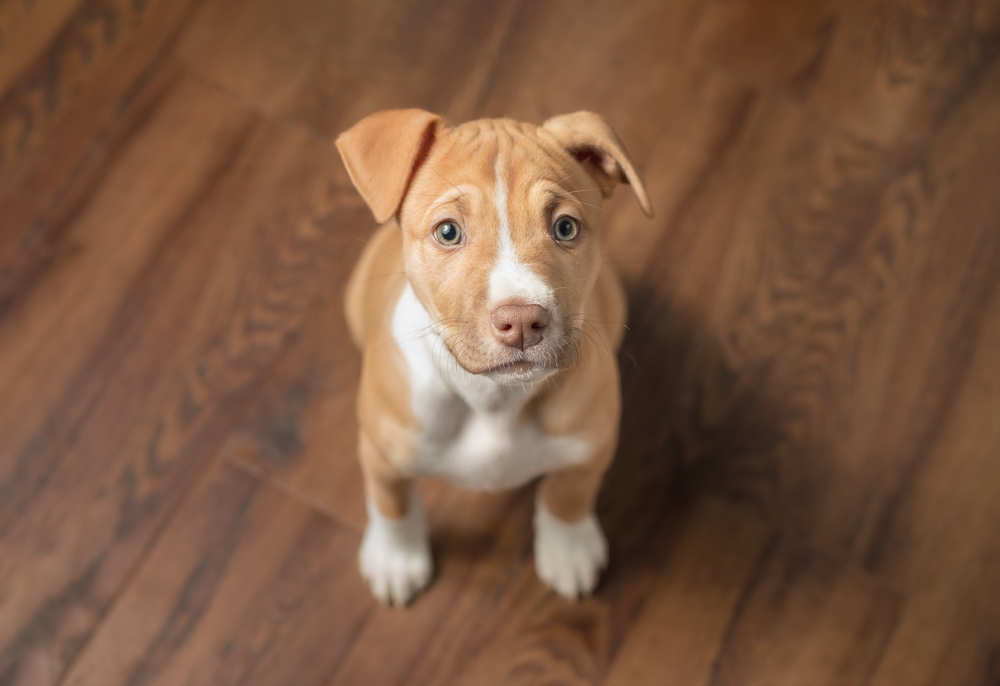
As you might guess, American Pit Bull Terrier puppies are adorable. They have endless energy reserves, so they will spend much of their awake time running around. However, like most puppies, they also need to sleep a lot. Expect their day to be naps interspersed by lots of running around.
Properly socialized Pit Bulls are known for their love of people. They need attention and socialization from a very young age. But what does it mean to properly socialize a Pit Bull puppy?
First, you need to expose them to all of life’s experiences—in a positive way—before the age of 14 weeks. This means they need to meet friendly people and dogs and get rewarded for confident behavior. You should talk to your vet about safe outing recommendations, but most experts suggest that your dog meet five to 10 new people and experience a new environment every week.
Second, you should start training your puppy as soon as you bring them home. Pit Bulls are eager to please but they’re also mentally active. They’ll take to training quickly and easily, so take advantage of this when they’re young.
Finding a reputable breeder is crucial when looking for a Pit Bull puppy. Sadly, these dogs are still illegally bred for dogfighting. Therefore, it’s vital to choose a breeder who produces family-friendly puppies. Be wary of pet stores and backyard breeders, and ask about temperament testing.
You can also find American Pit Bull Terriers at shelters. However, it’s essential to ask about temperament testing. Many excellent Pit Bulls end up in shelters and rescues. Plus, when you get an adult dog, you can test their temperament and know what you’re getting.

Temperament & Intelligence of the American Pit Bull Terrier
American Pit Bull Terriers are complex dogs with varying temperaments, which have led to many misunderstandings over the years. Genes affect how a dog acts, but how the dog is raised also matters. In many cases, Pit Bulls are affectionate and friendly. They love people and can make great family dogs for those with older kids. As with any breed, they need to be treated with respect, and interactions with kids should be monitored. Pit Bulls are also exceptionally active. They have boundless energy and love to play. They can be a bit goofy too!
American Pit Bull Terriers were once developed as fighting dogs. Although this has been bred out of them, they remain self-assured and confident. For this reason, they’re excellent watchdogs. However, they can be territorial and aggressive if not properly socialized and managed.
Pit Bulls require consistent training and socialization from an early age. You should be particularly careful to socialize them with other dogs, as they can be naturally aloof or aggressive toward other canines. In many cases, they aren’t a great choice for multi-dog households, even with a lot of socialization.
Despite being somewhat independent, Pit Bulls are intelligent. Their people-oriented nature also makes them eager to please. They want to make their humans happy, which makes them easier to train. However, as we’ve stated, consistency is vital.
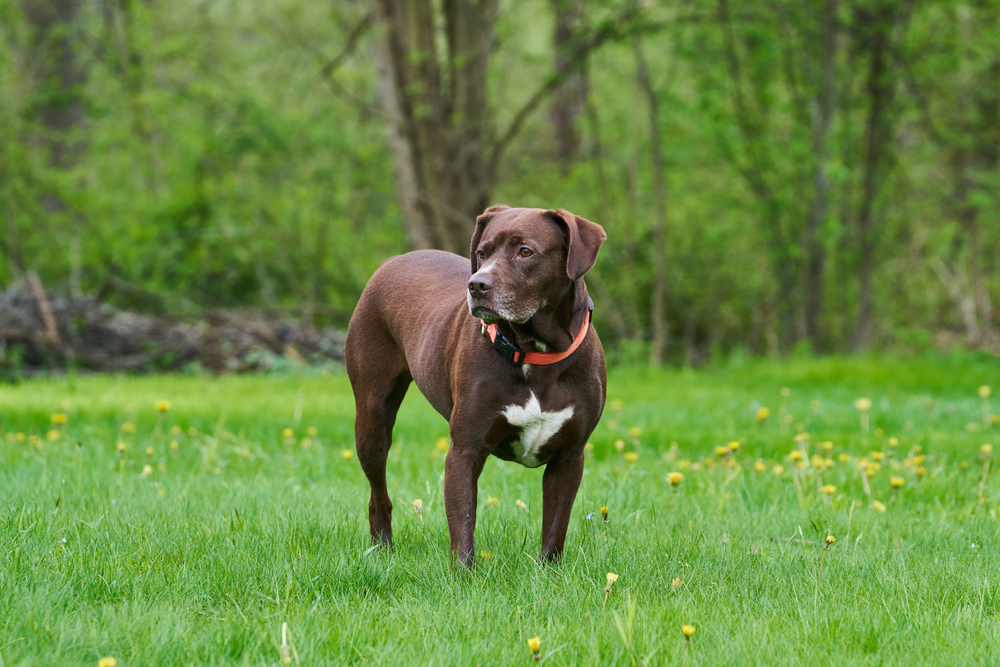
Are These Dogs Good for Families? 👪
American Pit Bull Terriers can be a good fit for some families. As high-energy dogs, they do best in active families. Providing them exercise is vital to ensure they’re well-behaved and a good fit for your home. We also recommend them for experienced dog owners only.
American Pit Bull Terriers can be loving and devoted to children. However, they can also be unaware of their size. It isn’t odd for them to accidentally knock children over, especially younger dogs. Remember this when deciding if this breed is a good choice for your family. As always, we recommend supervision when Pit Bulls are around children.
Does This Breed Get Along With Other Pets? 🐶🐱
American Pit Bull Terriers are not known for getting along with other pets. Some are particularly aggressive toward other dogs, especially those of the same sex, which is a common trait in guarding breeds. Responsible breeders try to make their dogs less aggressive, so some puppies are far less aggressive than others.
Pit Bulls also don’t get along well with cats and other small animals. They have a strong prey drive, so they often chase cats. Like most Terriers, this drive cannot be “trained out.” They’re big enough to injure a cat, though, unlike most other Terriers.

Things to Know When Owning an American Pit Bull Terrier:
Food & Diet Requirements 🦴
American Pit Bull Terriers do well on just about any high-quality dog food and don’t have special nutritional needs. Because they’re active, they may need higher-calorie food in some circumstances. Younger dogs are more active, but older dogs may calm down slightly. You’ll need to monitor your dog’s body condition and adjust their food accordingly.
Puppies require puppy food because they need different nutrients. For proper development, your puppy must eat puppy food until they mature into adulthood. Sometimes, dogs develop health conditions that require a specific diet. Pit Bulls are pretty healthy, but that doesn’t mean they won’t get any health issues. In some cases, you’ll need to work with your vet to find the best dog food for your canine.

Exercise 🐕
Ideally, you must provide 1–2 hours of daily exercise. Of course, this should be broken up into several sessions. Also, puppies have different exercise needs than adults. They typically require less exercise broken into even smaller sessions. The wrong type of exercise can cause your dog’s joints and bones to develop improperly, though the evidence is incomplete for this. Still, we recommend avoiding stairs and high-impact activities.
Senior dogs may continue to be just as active as adults, or they may be less active. It all depends on how they age. It’s essential to prevent obesity in senior dogs, but they may not need as much exercise as they did when they were younger. Walks and runs are great options, and you can even teach them how to swim. However, their mental health is also important. Puzzle toys and training sessions can keep their mind busy and engaged. Otherwise, Pit Bulls can become very destructive due to boredom.
Training 🎾
Pit Bulls must be trained consistently. They’re intelligent dogs, so they pick up on training quickly. They also love attention and positive reinforcement. Therefore, they’re very easy to train, though they can sometimes be stubborn. Harsh training methods should be avoided (as with all dogs). Pit Bulls are very sensitive, and they react badly to harsh corrections. Too much can lead to them checking out from training or becoming aggressive.
Puppyhood is the best time to start training Pit Bulls. Puppies are learning about training and obedience overall, so it’s essential to start slow and early. Be consistent with your house rules so your dog learns what is expected of them early. Short, frequent training sessions are best. Aim for 5 minutes at first, expanding to about 10 minutes in adulthood. Always end the session on a positive note before your dog gets tired or you get frustrated.
Group classes are a great way to add socialization to your dog’s life in a controlled manner. You can sign up for group classes as soon as your puppy is vaccinated. Because Pit Bulls are so active, it’s important to exercise them before you start training them. Otherwise, they may be a bit too energetic and unfocused for training.
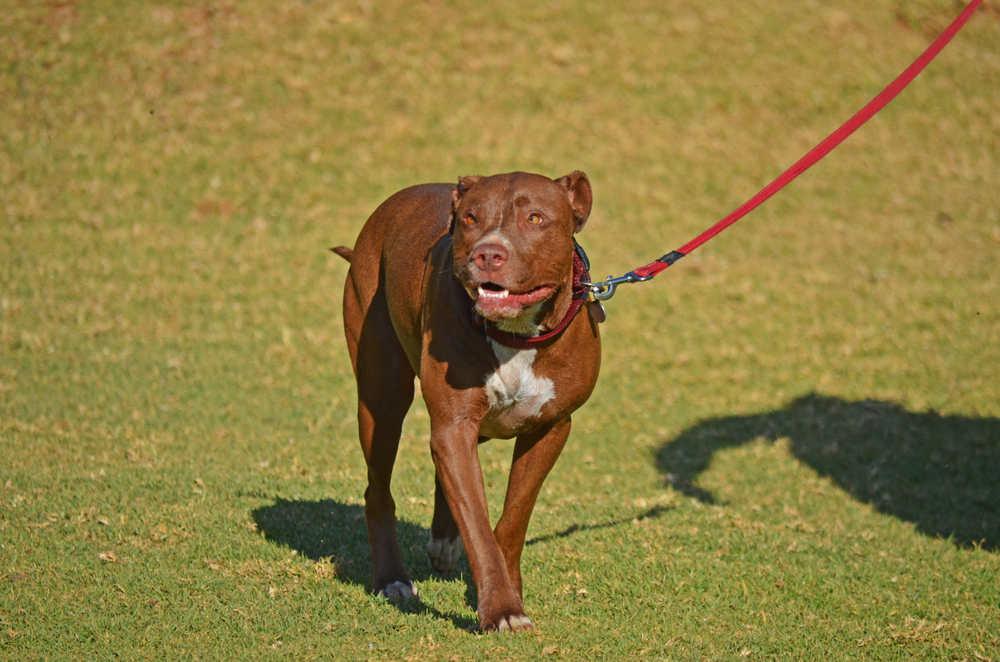
Grooming ✂️
A Pit Bull doesn’t require much grooming. Their short fur sheds, but it’s so short that they don’t produce much fur. We recommend brushing them at least once a week or daily if they are shedding profusely. A grooming glove is often the best choice for de-shedding. However, if your dog isn’t shedding much, you can use a soft bristle brush instead.
Brushing your dog regularly keeps their fur and skin healthy and spreads their natural oils. Their coats are pretty good at staying clean, and a weekly brushing session can remove any dust and dirt that might have accumulated over the week. They may need a bath every 2–4 months, depending on how dirty they get outside. Don’t bathe them more than once a week, or you can strip away their natural oils.
Like all dogs, you’ll need to trim their nails regularly. More active dogs may not need their nails trimmed as often. Overgrown nails can be very painful and even splinter, which can cause infections and more pain. You’ll also need to brush your dog’s teeth regularly. A few times a week is best, but more is even better. Use a dog-friendly toothbrush and toothpaste since human toothpaste contains harmful ingredients.
Start grooming early, even if your dog doesn’t need much as a puppy. Starting early helps desensitize them to grooming, making your job much easier later on.
- See Also: Best Dog Shampoos
Health and Conditions 🏥
American Pit Bull Terriers are considered to be healthy dogs. Their average lifespan is 13 years, and many live for even longer than that. However, like all dogs, they can develop health issues. For example, Pit Bulls have a hip dysplasia rate of around 20%. While some breeds have a much higher rate and most of the cases are rated as mild, 20% is still not a small number. Responsible breeders will screen their parent dogs for hip dysplasia before breeding occurs.
Pit Bulls may also develop luxating patella, which occurs when the kneecap slips out of place. This condition can cause pain and difficulty walking. In some cases, it may have long-lasting effects, and surgery is sometimes required. Thyroid disorders can also occur. A Pit Bull’s thyroid gland may not produce enough hormones, which can cause weight gain and lethargy. Fortunately, medication can replace the missing hormone.
- Mild allergies
- Mild hip dysplasia
- Luxating patella (grade 1)
- Hip dysplasia
- Severe allergies
- Thyroid disorder

Male vs. Female
Male Pit Bulls are a bit taller and heavier than females. However, this isn’t always true. Males also have more muscle mass, and they tend to be rather stocky. Females are also stocky, though some have less muscle mass than males.
Beyond that, there are no significant differences between male and female Pit Bulls. Some claim that females are eager to please, while males may be more aggressive. However, this is not scientifically proven, and individual dogs can vary greatly. Sex is not a great way to determine a dog’s temperament.


3 Little-Known Facts About the American Pit Bull Terrier
1. They Aren’t Legal Everywhere
Because American Pit Bull Terriers have a bad reputation and are often poorly raised, they are banned in many regions. Be sure to check your local laws before you adopt one. Even if they are legal, you may face future breed bans and insurance problems.
2. Temperament Testing Is Available if You’re Worried About a Pit Bull’s Aggression
Many people are understandably worried about a Pit Bull’s aggression, even if they’re drawn to the breed for other reasons. Luckily, breeders can perform temperament testing before breeding, and some may even offer it for puppies.
3. They’re Often easy to Train
Pit Bulls are often pretty easy to train. They are eager to please and aware of their owner’s feelings. Therefore, they behave well when they’re older. Juvenile Pit Bulls can be exceptionally active and may not listen as well.

Final Thoughts
Pit Bulls have a poor reputation, primarily due to media prejudice. However, they can be incredibly affectionate and loving when properly bred and raised. Like most dogs, Pit Bulls are greatly affected by how they are raised. Sadly, they are notoriously raised incorrectly, and they are large enough to do real damage if they are aggressive.
Featured Image Credit: Mary Swift, Shutterstock
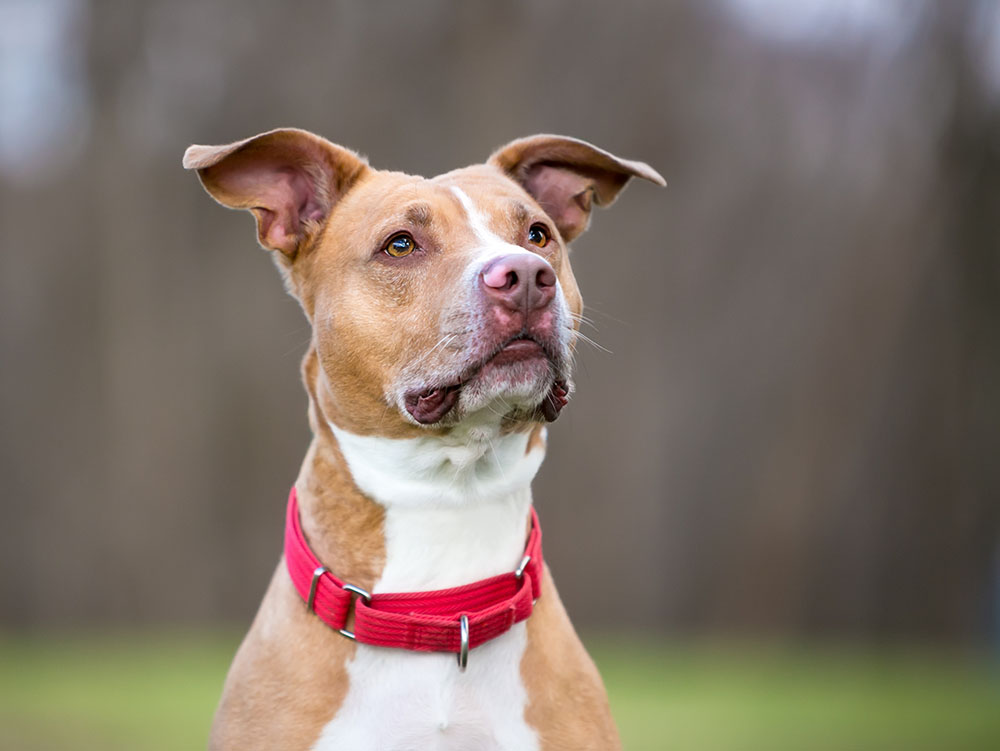


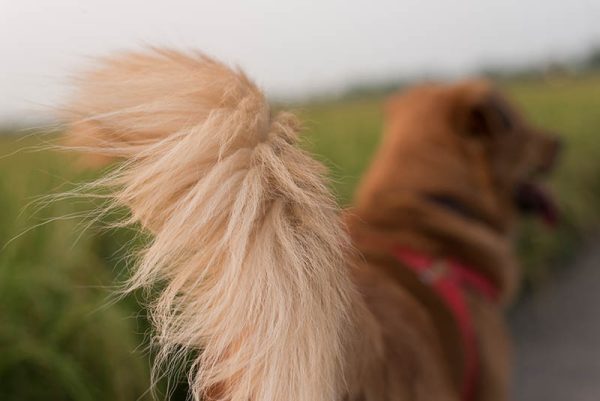
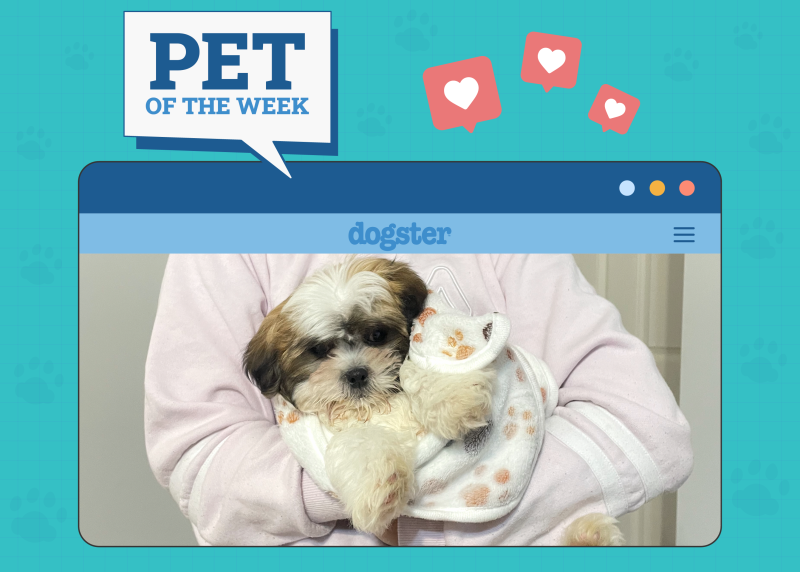
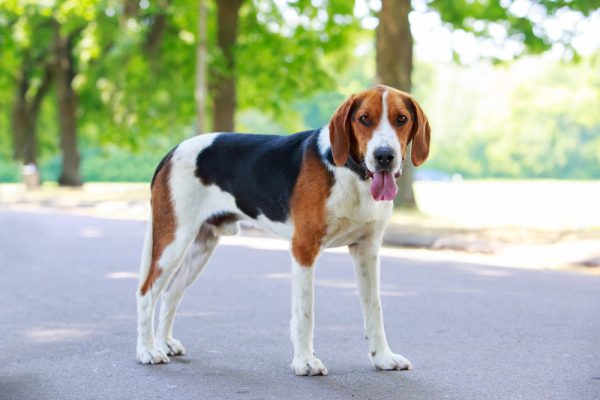
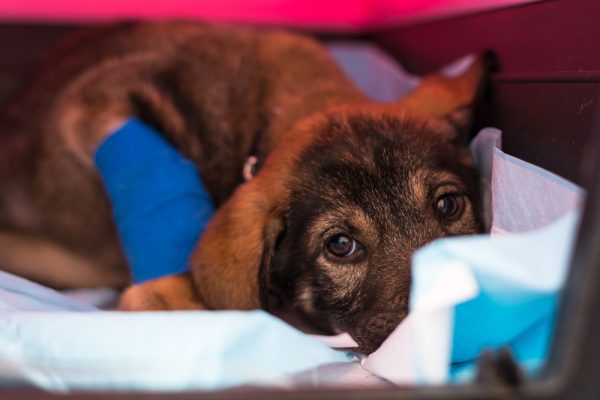

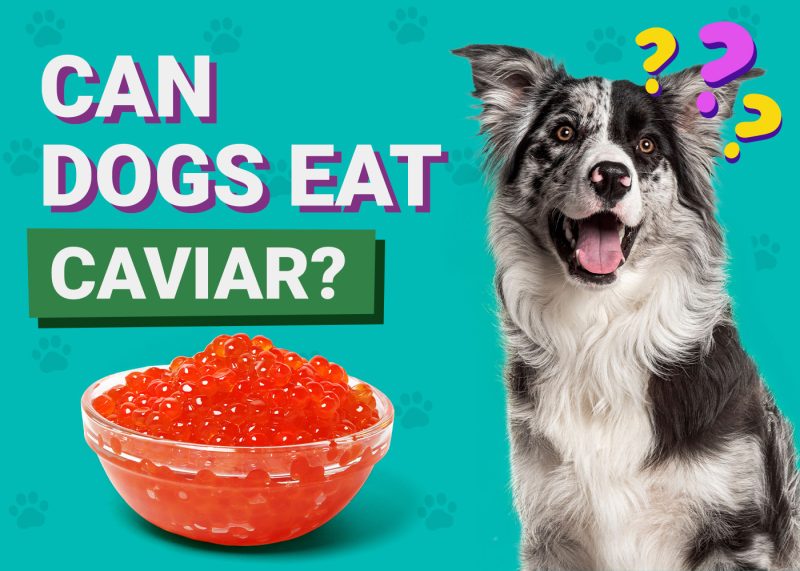
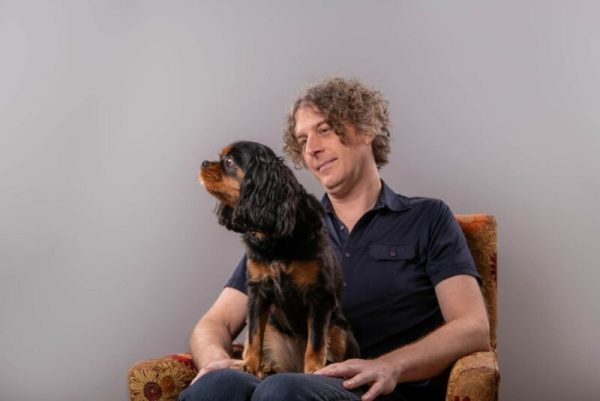
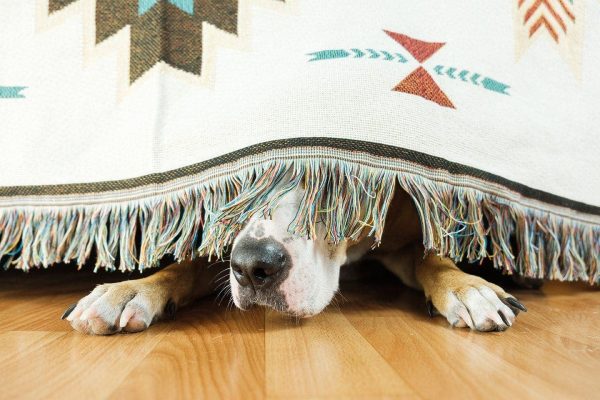



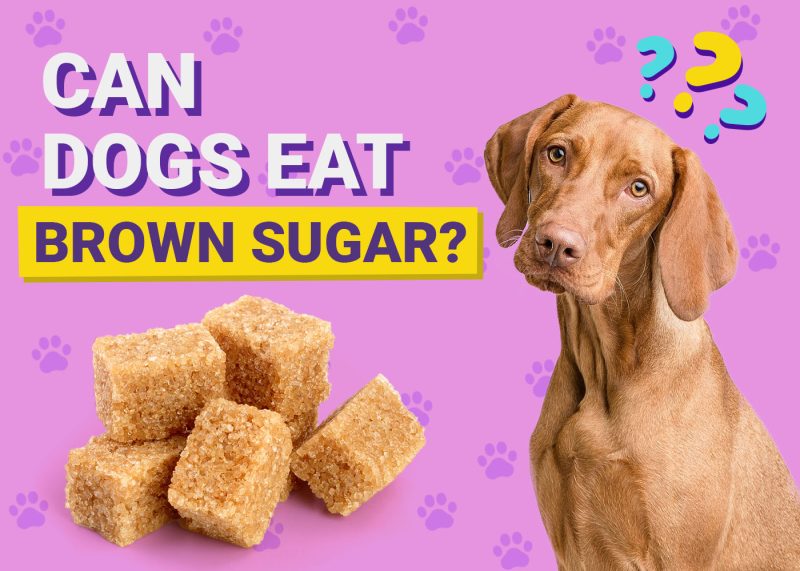





2 Responses
The AKC doesnt list Pitbulls, American Pitbull Terriers, any dogs with Pitbull in their lists of dog breeds. What are some different breeds might they go by?
Hello Kim,
thank you for your comment. You are correct that AKC doesn't recognize Pit Bulls as a breed. The closest you can get is the Staffordshire Bull Terrier and the American Staffordshire Terrier. With that being said, American Pit Bull Terrier, which is often considered the archetypal “pit bull,” is recognized by the United Kennel Club (UKC).